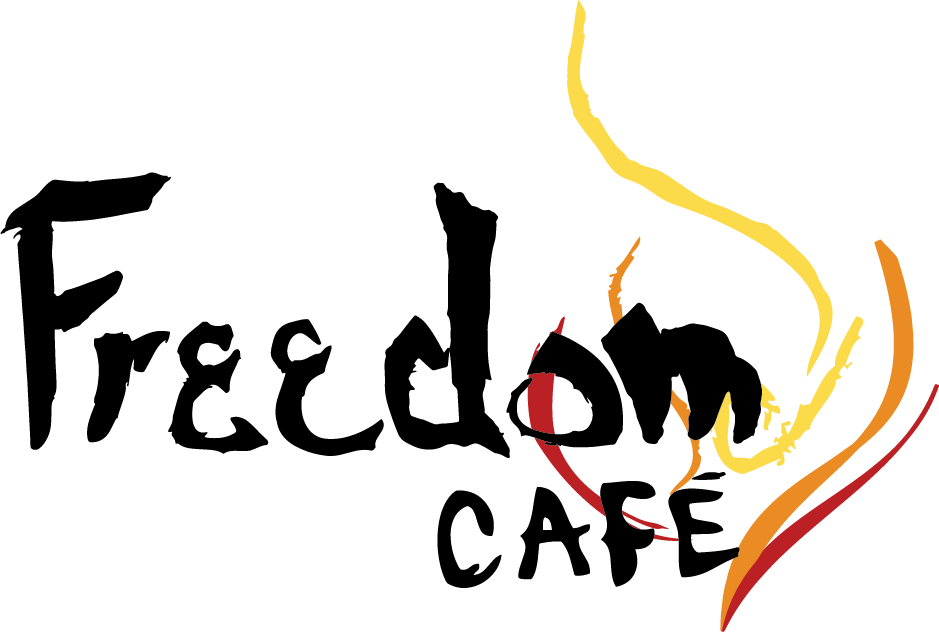UN Photo
Gold & Jewelry
Whether you are looking for the perfect jewelry for someone special or you just need an accessory to spice up your outfit, one question that might not be on your mind is: Where did the materials that went into this come from? Many sources of gold and diamonds are linked to human trafficking. Men, women, and children are trafficked in the mining industry as well as from surrounding mining towns. Verité’s 2020 report on illegal gold mining found that almost half of the gold exported from Burkina Faso, the third top exporter of gold, is sourced using child labor.
How is it different than other trafficked goods?
A distinguishing feature of gold/jewelry trafficking is that the areas where these minerals are harvested serve as a nexus of human trafficking. Child labor, forced labor, and sexual exploitation are only a few examples of the widespread human trafficking industry throughout these illegal mining towns. Indigenous people of these areas face discrimination in the formal job market, frequently falling victim to traps set by recruiters for illegal mines offering false employment opportunities. Many areas of this type are located in Peru and Colombia and are usually controlled by armed groups and outside government control. As a result, many families do not make enough money and are forced to send their children to work in the mines, some as young as eight.
What can I do to help?
Combating these injustices requires the cooperative work between the corporations who buy these products and the countries in which they are produced, which is extremely difficult. The best thing that we, as consumers, can do is to show companies that origins matter and supply chains should be pure. Check out the Jewelers of America website to learn more about the jewelry industry and make informed decisions regarding your jewelry purchases.



